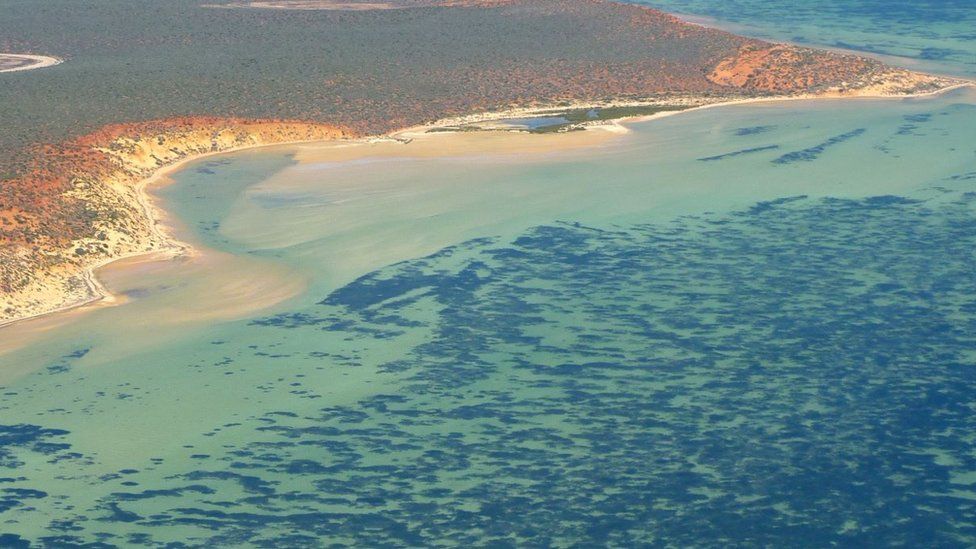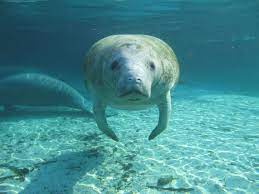Looking at who is eating the majority of beef in the USA is alarming for the future of the industry. This is because older generations are eating the vast majority. Beef was at its strongest in the 1970s, with the average amount of beef eaten per person in 1975 being around 90 pounds or 40kg, but having dropped to just 57 pounds or 25kg.
Chicken is now the USA most consumed meat.
While this might be bad for the beef industry, it is good for the climate. Beef produces around 10 times the greenhouse gases that poultry does, and 20-60 times the amount that is released getting the same nutrition from plants.
According to this study, just 12% of people were responsible for eating half of the beef consumed in the country.
Continue reading “Is the USA beef market destined to crash?”
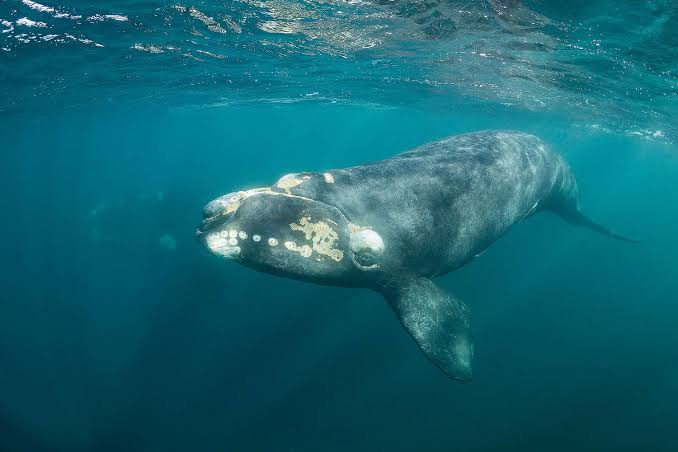
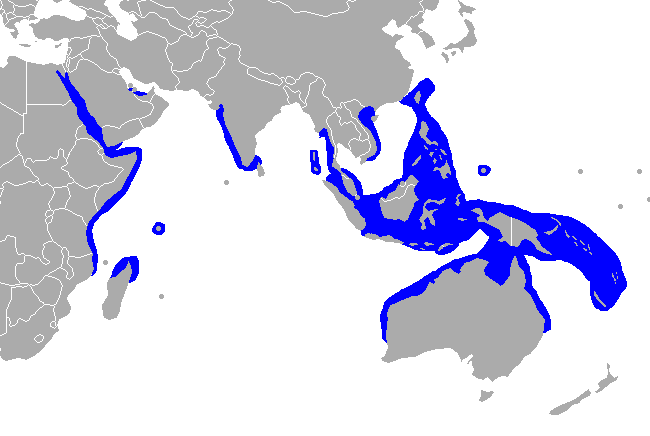 Dugong– The only surviving Dugongidae after the stellers sea cow (described in 1741 and hunted to extinction by 1768 for hide meat and fat) was lost.
Dugong– The only surviving Dugongidae after the stellers sea cow (described in 1741 and hunted to extinction by 1768 for hide meat and fat) was lost.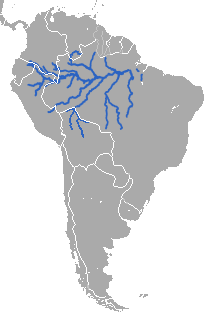 ian Manatee
ian Manatee
 Manatee) Although found both on the coast and inland, there is no significant genetic difference between these populations. African Manatees can be found in West African regions which include a wide range of countries – requiring cross nation action to save them. Manatees are found in brackish waters to freshwater: in oceans, rivers, lakes, coastal estuaries, reservoirs, lagoons, and bays on the coast.
Manatee) Although found both on the coast and inland, there is no significant genetic difference between these populations. African Manatees can be found in West African regions which include a wide range of countries – requiring cross nation action to save them. Manatees are found in brackish waters to freshwater: in oceans, rivers, lakes, coastal estuaries, reservoirs, lagoons, and bays on the coast.